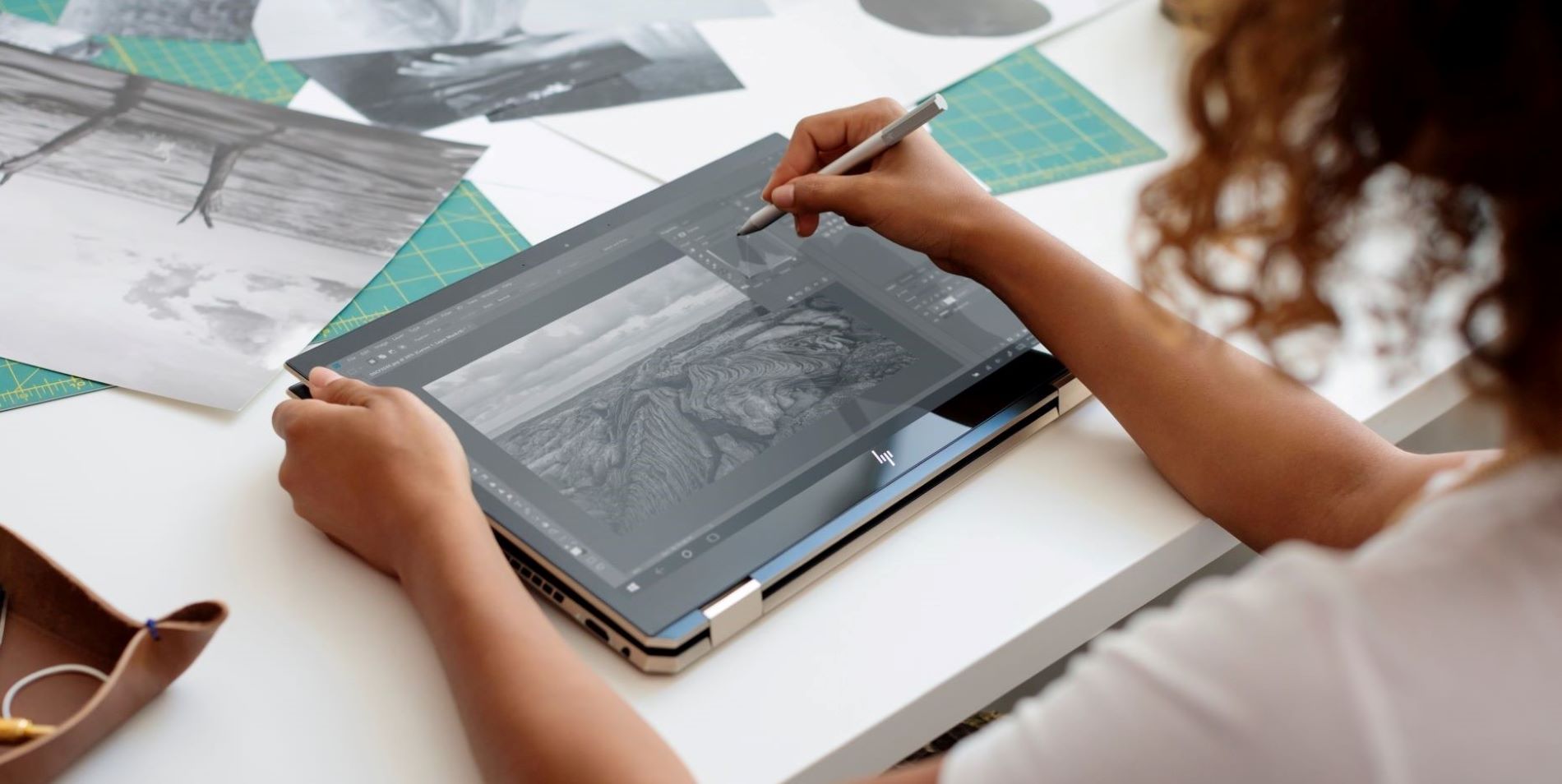Thank you for visiting the AUSTRALIA HP Store
-
Contact Us
CONTACT USCall us
- Sales
- 1300 540 516
- Technical support
- 13 23 47
Exc. pubic holidays
Chat with us- Sales
- 61288061500 (WhatsApp)
-

- Post Sales
- 61288061700(WhatsApp)
Exc. pubic holidays
Live product demo
- My Account
Netbook vs. Laptop: Understanding the Key Differences


In today’s fast-paced digital world, Australian students and professionals are increasingly seeking portable computing solutions that match their on-the-go lifestyle. Whether you’re a uni student in Melbourne or a business traveller frequently flying between Sydney and Brisbane, understanding the difference between netbooks and laptops is crucial for making the right choice.
What is a Netbook?
A netbook is a slimmer, lighter type of laptop that offers a more streamlined set of tools. While some refer to it as a “notebook,” many simply call it a “laptop.” The important distinction is that it’s typically the lightest and most affordable offering from a manufacturer, making it particularly popular among students and beginning computer users.
Most netbooks run on software designed to work primarily from the internet. With the majority of functionality happening online, there’s less need for local storage. This allows netbooks to utilise more modest processors and memory, contributing to their compact size and lower price point compared to full-sized laptops.
Netbook vs. Laptop Explained
While definitions can vary, the primary differences between netbooks and laptops typically come down to size and functionality. Netbooks are generally considered a subcategory of laptop, which explains why many people use the terms interchangeably.
Practically speaking, netbooks offer several advantages over standard laptops. They are typically:
-
Lighter in weight
-
Quieter during operation
-
More straightforward for beginners
-
Less cluttered with pre-installed software
-
Better integrated with cloud-based tools and applications
These characteristics have made netbooks particularly popular in Australian schools and libraries, where their affordability and ease of use make them ideal for student use. Many educational institutions across Australia now incorporate netbooks into their learning programmes, using them for homework completion, digital textbooks, and teacher-student communication.
When is a Netbook the Better Choice?
Netbooks excel at providing a lightweight computing solution with a compact screen size. They’re ideal for browsing the web, managing social media, or working with office applications. Their cloud-focused design particularly suits Australia’s increasingly connected workforce and student population.
Price
The more streamlined specifications of netbooks typically result in lower prices compared to traditional laptops. This makes them particularly attractive to Australian students and casual users who primarily need basic computing capabilities. You’ll only pay for the features you’re likely to use regularly.
Easy to use
For those new to computing, netbooks offer an excellent starting point. Their simplified interface and minimal software make them perfect for children, students, and older adults. Maintenance is straightforward, with most updates handled automatically by the operating system.
What are Netbook Disadvantages?
While netbooks offer many benefits, they do have limitations. Their processors and graphics capabilities aren’t designed for demanding applications. They typically can’t handle intensive gaming or video editing tasks.
Cloud Storage
Storage capacity is usually limited in netbooks, with the expectation that users will rely on cloud storage. While this suits many Australians with access to reliable NBN connections, it might pose challenges in areas with limited internet access.
Ports, Upgrades, and Optical Drives
Netbooks generally offer fewer ports and expansion options than larger laptops. They typically lack optical drives for DVDs and aren’t designed for hardware upgrades. The operating system usually can’t be changed from the pre-installed version.
Can You Use Both?
While budget constraints might prevent owning both a full-sized laptop and a netbook, some Australians find value in having both. For instance, you might use a laptop for resource-intensive tasks at home and a netbook for taking notes at uni or checking emails while travelling.
Many professionals keep their primary laptop at home and travel with a netbook for interstate business trips. With cloud services like OneDrive or Google Workspace, transitioning between devices is seamless.
Best Netbook Choices from HP
For Australians seeking portable computing solutions, HP offers several excellent options. Here are our top recommendations based on the current Australian market:
HP Chromebook x360 14 inch 2-in-1
This versatile 2-in-1 device offers excellent value for Australian students and professionals seeking portability and flexibility. With its touch capability and convertible design, it’s perfect for both work and entertainment.
Key features:
-
Intel® Processor N200 with up to 3.7 GHz
-
14-inch HD touch display
-
8 GB memory
-
128 GB UFS storage
-
Versatile USB-C connectivity
HP Chromebook 14 inch
Perfect for everyday computing tasks, this Chromebook offers reliable performance in a lightweight package. It’s ideal for students and home users who primarily work with web-based applications.
Key features:
-
Intel® Processor N200 with up to 3.7 GHz
-
14-inch HD display
-
8 GB memory
-
128 GB UFS storage
-
Long battery life
Making your Choice
When shopping for a netbook in Australia, consider your specific needs and usage patterns. Key factors to consider include:
-
Your typical internet connectivity (especially important in regional areas)
-
Storage requirements
-
Primary usage (study, work, or entertainment)
-
Budget constraints
-
Portability needs
Remember that while netbooks might not be explicitly labelled as such, understanding their characteristics will help you identify the right device for your needs. Focus on the features and specifications that match your requirements rather than the product category name.
Whether you’re a student at university, a professional frequently travelling across Australia, or someone who simply needs a lightweight computing solution, today’s netbooks offer excellent value and functionality. Their combination of portability, affordability, and cloud integration makes them particularly well-suited to Australia’s mobile and connected lifestyle.
- Sales
- 1300 540 516
- Technical support
- 13 23 47
Exc. pubic holidays
- Sales
- 61288061500 (WhatsApp)
-

- Post Sales
- 61288061700(WhatsApp)
Exc. pubic holidays
Live product demo











